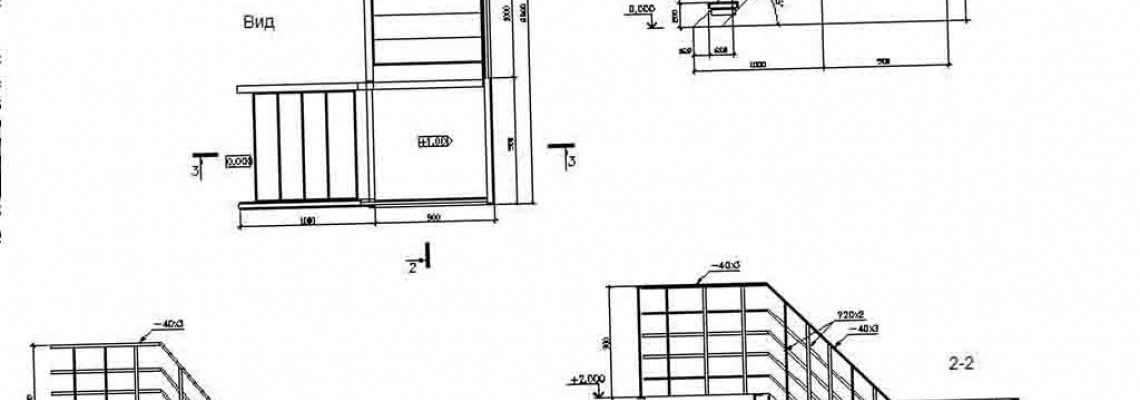
Building a staircase with a project is very important for several reasons:
Safety: Designing a staircase with its functional and structural characteristics in mind helps to ensure that it is safe to use. This includes proper sizing of steps and risers, angles of inclination, strength of materials and other aspects important to safety.
Efficiency: Designing a staircase with its usage and functionality in mind helps to improve its efficiency. This may include calculating the optimal number of steps and flights of stairs, optimizing the design for maximum use of space, and other aspects important to efficiency.
Aesthetics: Designing a staircase with its appearance and design in mind helps to create a beautiful and harmonious interior. This may include choosing the right material, style, and design of the staircase, as well as how it fits with the overall design of the space.
Saving Time and Resources: Designing a staircase allows you to determine the exact scope of work and the necessary materials, which helps to avoid unnecessary costs of resources and time.
In general, the design of a staircase helps to ensure its safety, efficiency and beauty, as well as to optimize the cost of resources and time.
There are many types of handrails and railings for stairs, which may differ in material, shape and design.
Some of the more common types of handrails include:
Metal handrails - are made of steel or aluminum and come in a variety of shapes and designs.
Wooden handrails - made of wood and can be decorated in various styles.
Glass handrails - consist of glass and can be transparent or colored.
Some of the types of fencing include:
Forged fences - made of metal and have an expressive design.
Glass railings - consist of glass and create a transparent effect.
Wooden fences - made of wood and can be decorated in various styles.
The choice of handrails and fences depends on individual preferences, the style of the interior, as well as safety requirements. For example, metal fences are often used for public buildings, which provide a high level of security. Home interiors often use wood or glass railings to give a stylish look and create a light effect.
A suspended ladder is a type of ladder that is attached to a vertical surface and does not have any supports on the floor. It creates the visual effect of a floating structure, since its steps are attached to a vertical surface on one side only, forming a suspension. This type of staircase is commonly used in modern interiors and gives them an original look.
Suspended stairs can be made from various materials such as glass, metal or wood and come in a variety of shapes including straight, round, spiral, etc. They are usually small in size and suitable for use in small spaces.
However, please note that this type of ladder may not be suitable for use in public buildings or large spaces where high traffic and security is required. In addition, such ladders can be more expensive to manufacture and install than traditional ladders.
Metal and stainless steel ladders can be used for a variety of purposes including:
Industrial facilities - metal and stainless steel stairs can be used to access equipment and machines in industrial areas.
Commercial objects - such ladders can be used in various commercial objects, such as shopping centers, office buildings, restaurants, banks and others.
Home Interiors - Metal and stainless steel stairs can be used to create contemporary designs in home interiors.
Outdoor Stairs - These stairs can be installed outdoors, on a terrace or balcony and used to access the top floor of a building.
Ladders made of metal and stainless steel are characterized by high strength and durability, as well as the ability to maintain their appearance for a long time. They can be decorated in various styles and shapes, allowing you to use them to create a unique design.
The cost of stairs in Spain can vary greatly depending on many factors such as material, construction complexity, dimensions, design, style, etc.
For example, the price of a simple medium-sized metal staircase can start from 1000 euros and up. Stairs made from more expensive materials such as stainless steel can cost from 2,000 euros for a simple design, but the price can reach several thousand euros or more for more complex and designer models.
In addition, the cost of stairs may include not only the cost of materials and labor, but also the cost of transportation.

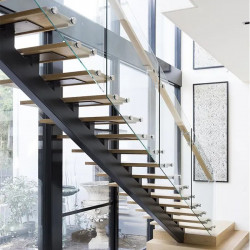
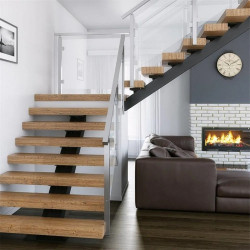
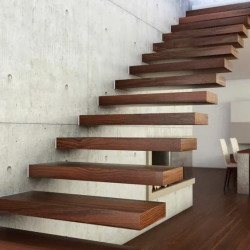
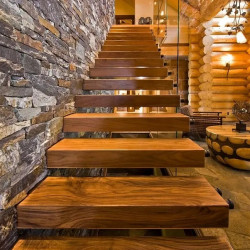
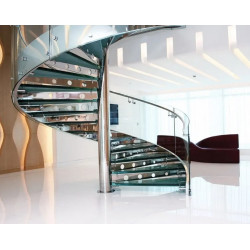
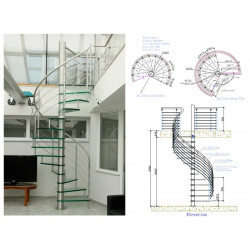
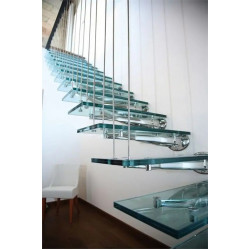
Leave a Comment